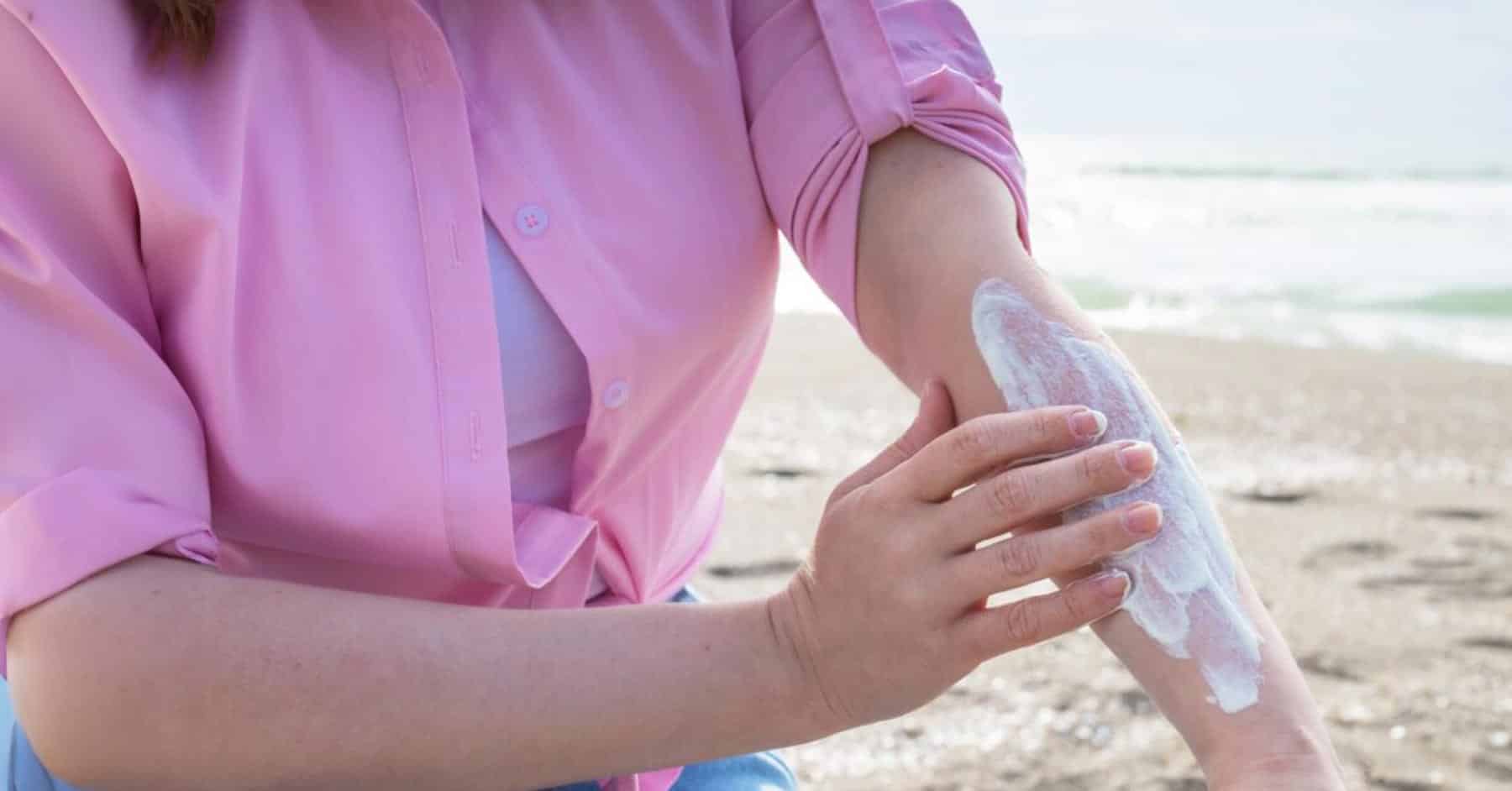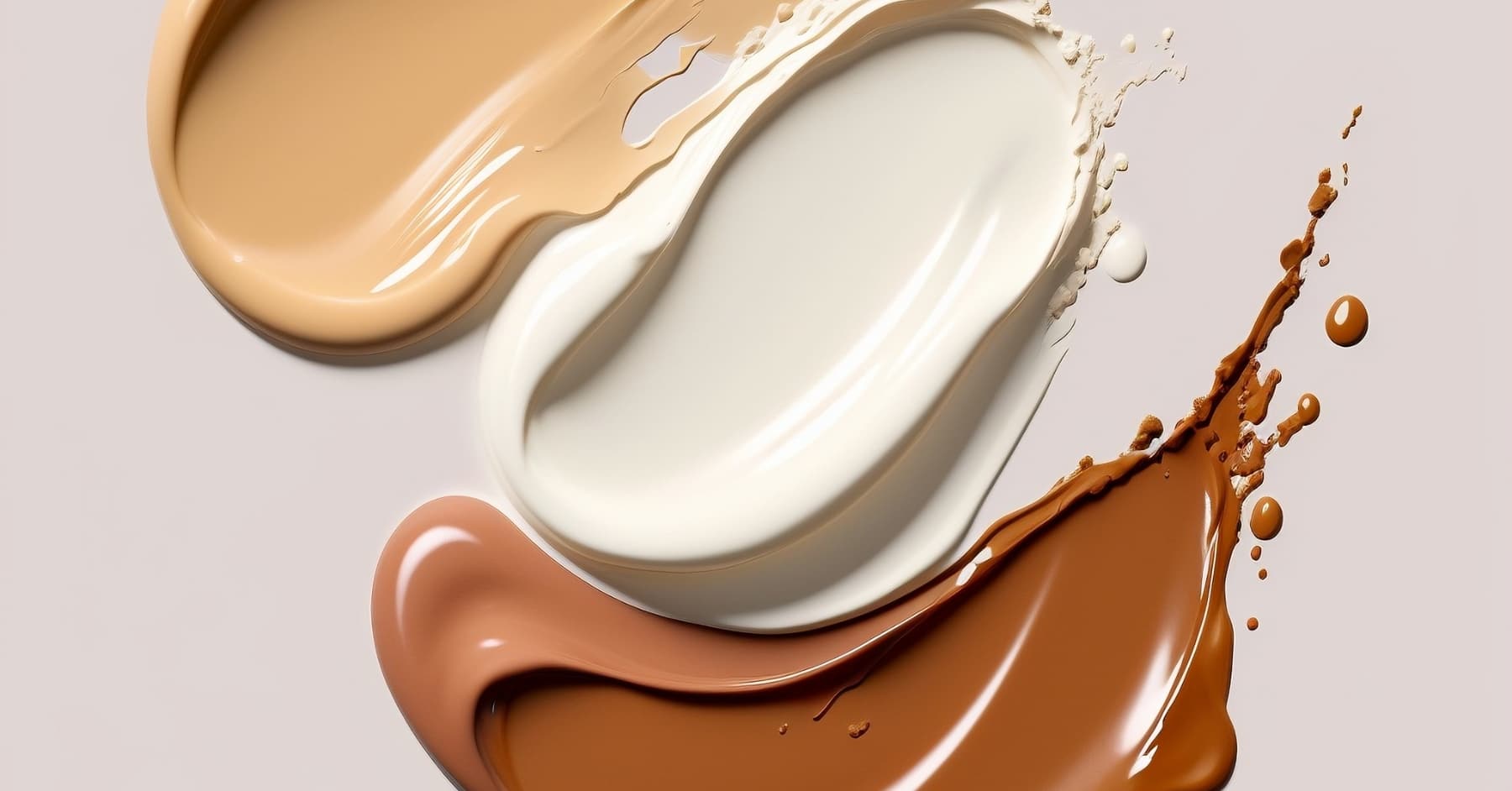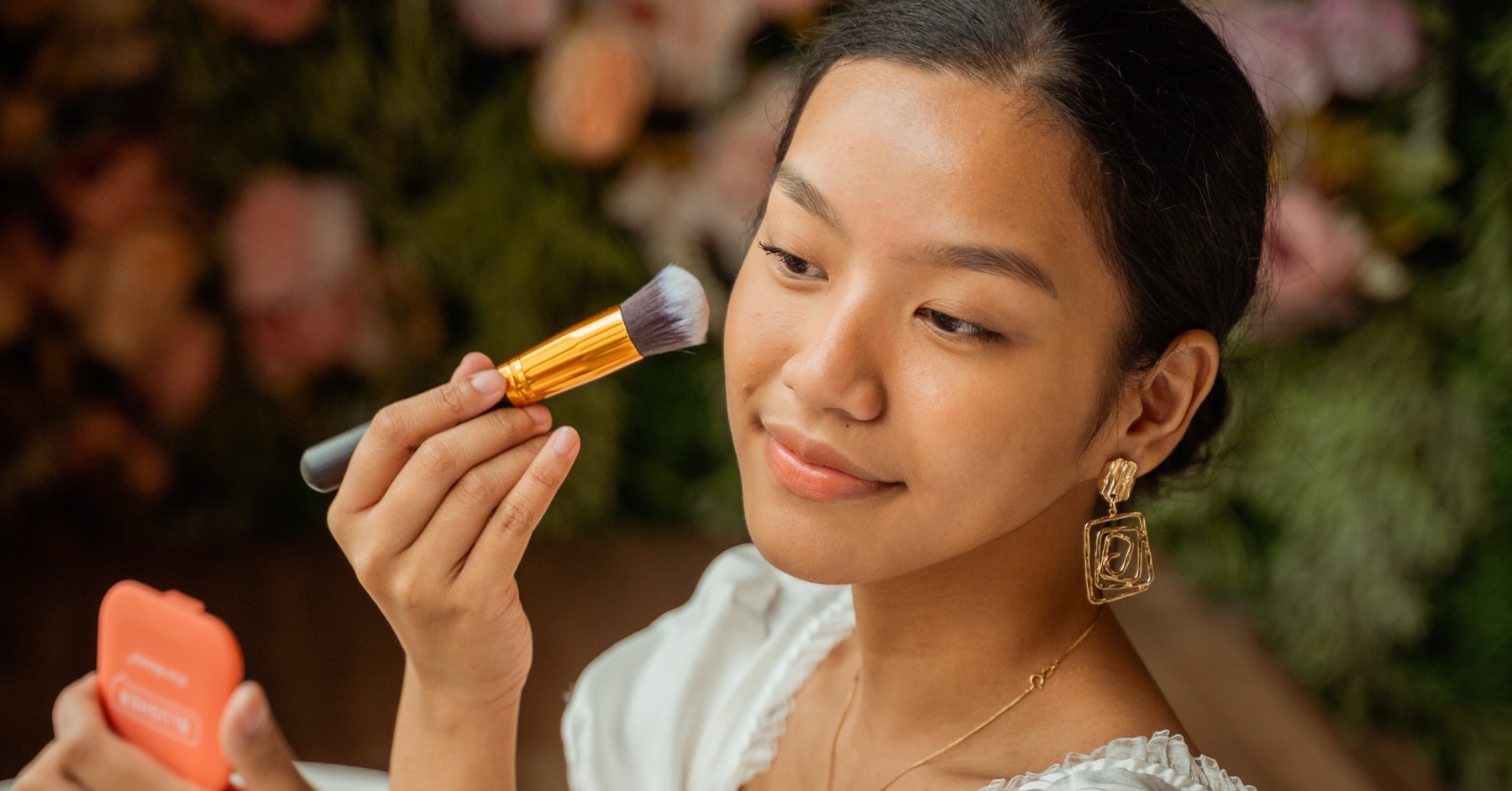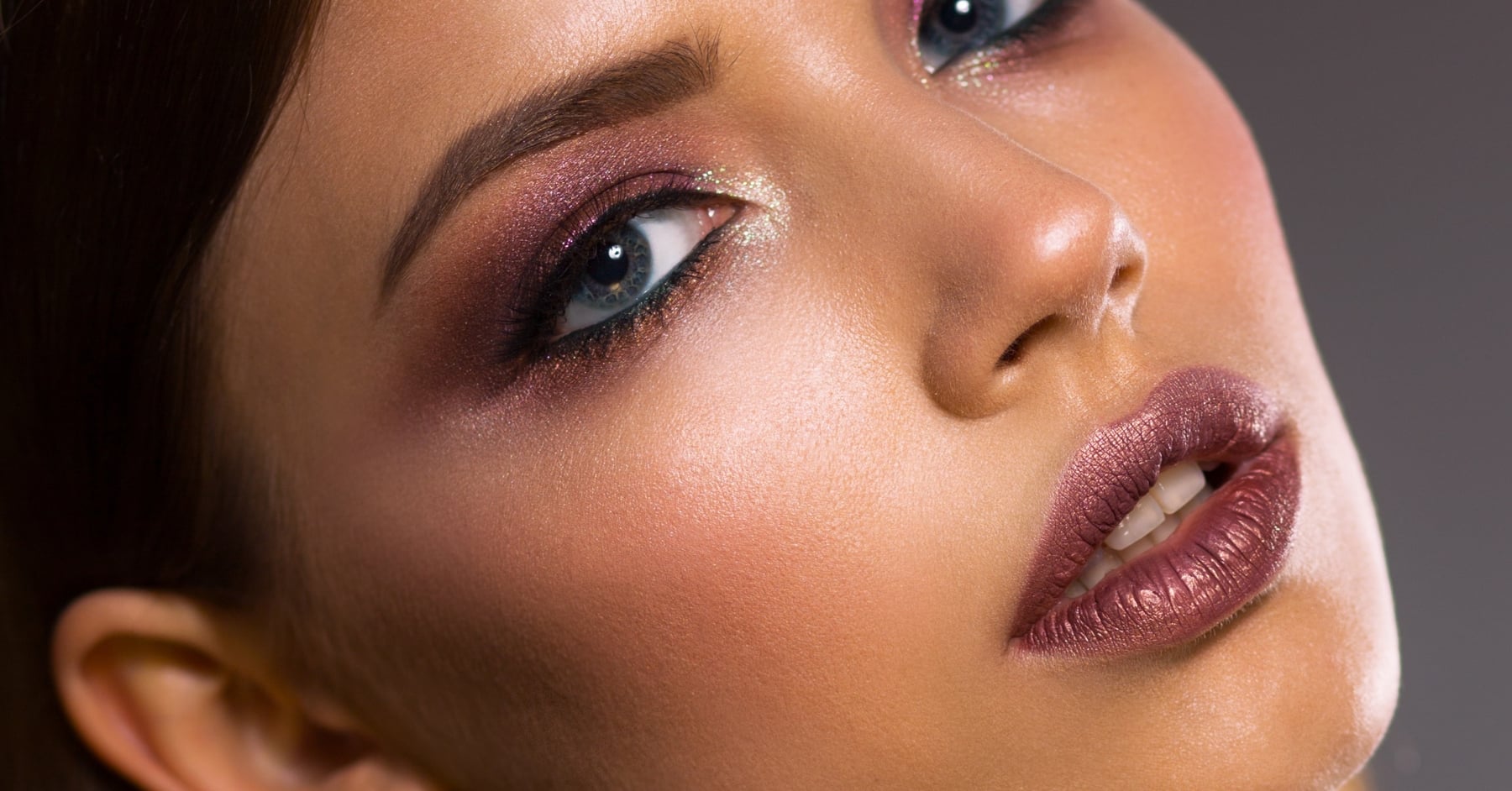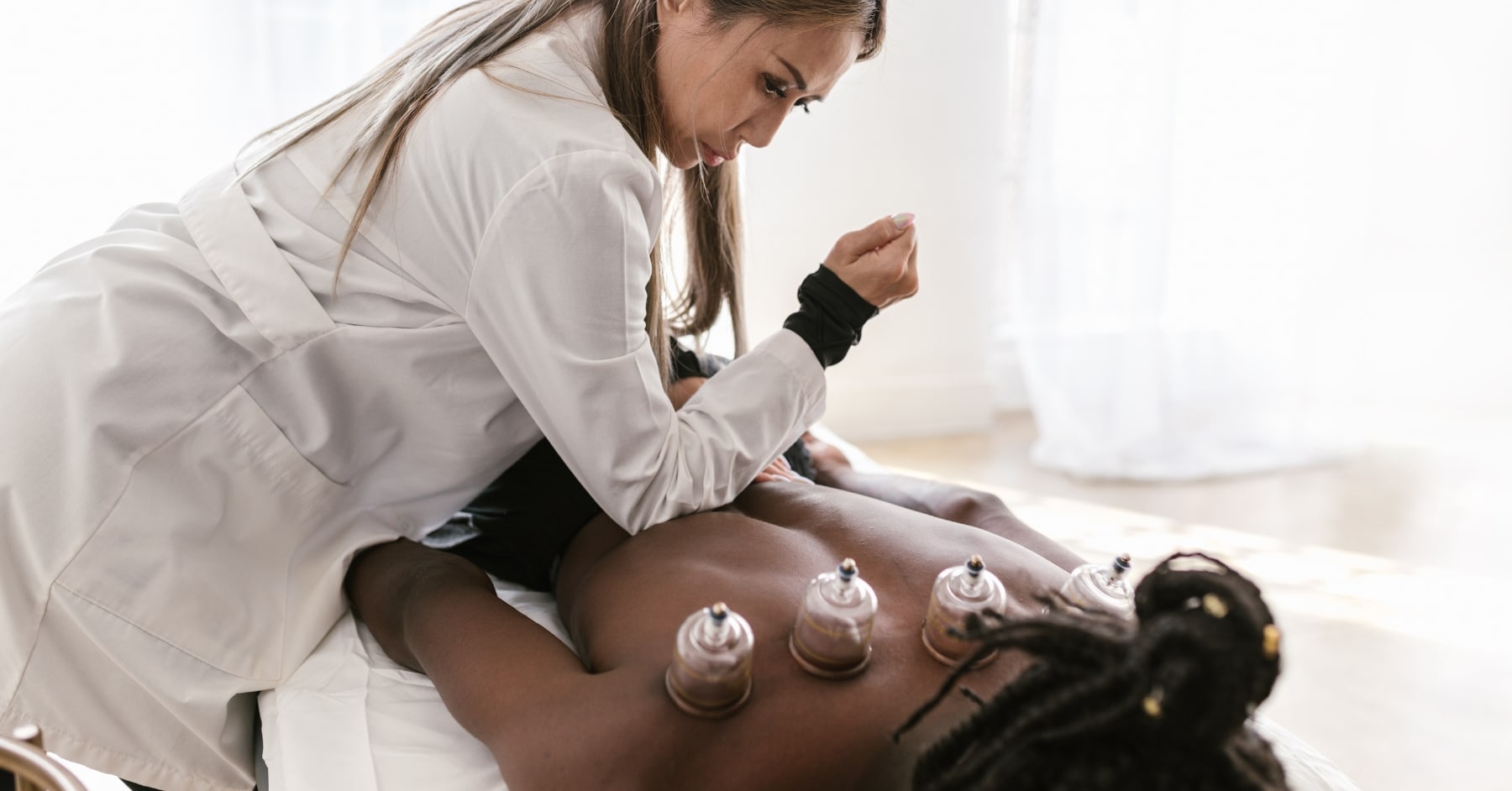Sunburn hurts you and your skin in more ways than one. Here’s how to get your skin back to normal after a burn.
Sunburn is the reaction of your skin to too much UV (ultraviolet) radiation. The sun gives off UV, which is invisible but harmful. Even on cold or cloudy days, you can experience skin damage from UV radiation. UV radiation reflects off sand, water and even snow. The sun itself isn’t the only perpetrator of sunburn. Tanning lamps and tanning beds commonly cause sunburn in teens and adults.
Depending on the severity of the burn, your skin can turn pink or red and take days or weeks to heal. Severe sunburn may require medical treatment, but mild sunburn can generally be treated at home. Your skin tone will gradually return to normal as you shed skin cells. You may experience peeling skin after sunburn. If you want to speed up the process, there are methods you can try at home.
Treating first-degree sunburn
Most sunburn is first-degree burn, which means that the skin turns pink or red but doesn’t blister or scar. In the case of more severe burns, especially in the case of fever or fainting, you may want to seek medical attention. But, although first-degree sunburn can be painful and irritating, it can generally be treated at home.
If you’ve been outdoors without sun protection, you have been exposed to UV rays and may experience a burn. Sunburn is sneaky. There are no warning signs, and even the cloudiest days aren’t free from UV radiation. They may not fully show up until 24-36 hours after the exposure occurred. If you think you or your child has been burned, it’s best to start treating it right away, even before it has fully developed.
If the sunburn is causing pain or swelling, an anti-inflammatory pain relief medication may be used. A steroid cream may also be used. Make sure to drink plenty of fluids, and take a cool bath or shower without using soap.
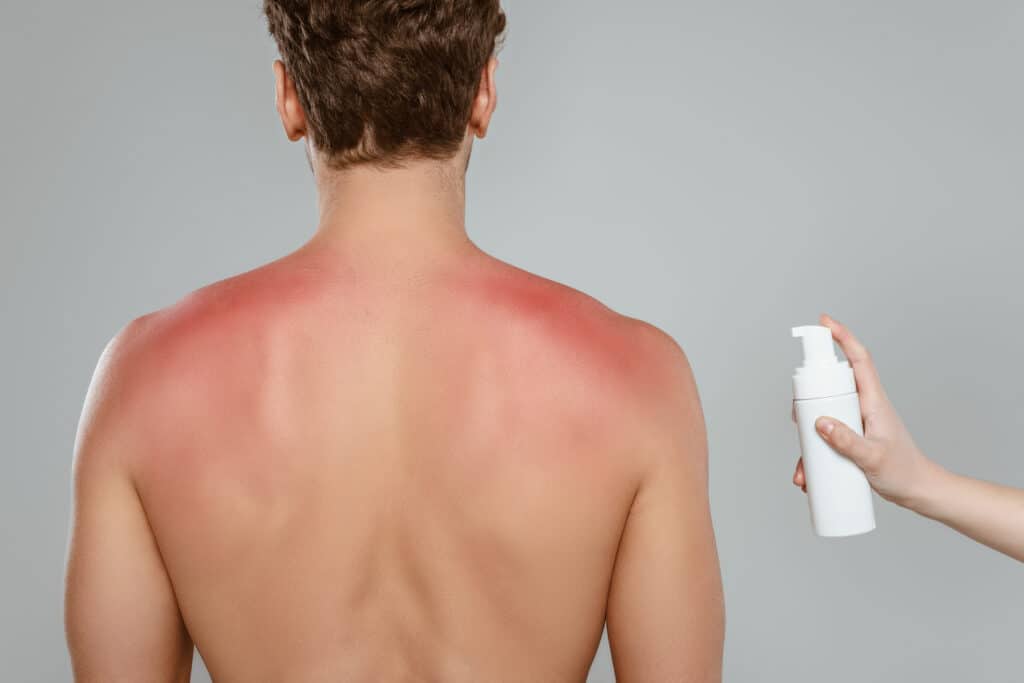
How to heal pink skin after a burn
While most treatments ease the discomfort of sunburn, they won’t necessarily return your skin to its normal colour. If you don’t want to wait for the natural process of shedding and peeling, you can try some at-home remedies to restore your skin colour.
Exfoliating the skin may help it shed sooner. Drying yourself with a towel may also aid the exfoliation process.
Aloe vera and moisturisers containing aloe vera may be rubbed liberally on the red area, easing swelling, pain and redness. Apple cider vinegar applied to the skin may also bring the burn out of your skin.
Drinking water and moisturising frequently to keep the skin hydrated will speed up the healing process. However, none of these are an immediate fix. Used over the course of several days, you will see a massive improvement. But in the case of mild sunburn, your skin may only take several days to heal. Unfortunately, patience is key when recovering from sunburn.
If you have any blisters, don’t pop them yourself! And—most importantly—avoid any further exposure to UV radiation. Allow your skin to heal!
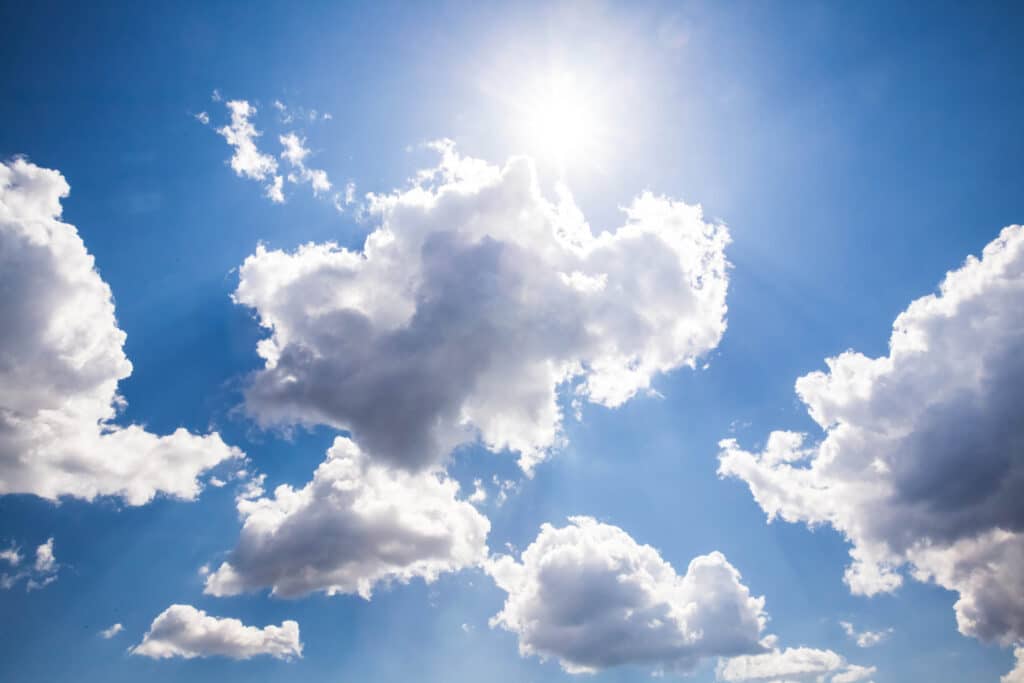
Avoiding exposure to UV radiation
The best way to keep your skin tone even and your skin healthy is to avoid any future exposure to UV rays. Mild sunburn may go away after a few days or weeks, but the damage it can do to your skin is irreversible and can be fatal. Every time you expose your skin to UV radiation, you increase your risk of skin cancer.
Sun damage can cause cancer, premature aging and cell damage. You can avoid exposure to UV radiation by checking the UV index in your local area each day. While we can see and feel sun light and heat, UV radiation is invisible. If the UV index is 3 or above, you want to go to lengths to protect yourself from exposure.
SunSmart recommends wearing a broad-brimmed hat, sunglasses, and- most importantly- SPF50+ sunscreen on any exposed skin. Seek shade as much as possible.
Australia is famous for its glorious sunshine, but it can be cruel. Over 2000 Australians die from skin cancer each year. Over half of the reported cases of people with sunburn reporting to the emergency room of summer 2019-20 were in children and adolescents. Burns can start to appear after as little as 11 minutes in the sun.
UV radiation can be merciless. It can pass through clouds, reflect off buildings and concrete, float in the air, and even reflect off snow.
You may think skin tans may look ‘nice’, but they are not a sign of good health—they mean the skin has been damaged by UV radiation that penetrated the epidermis and created too much melanin.
